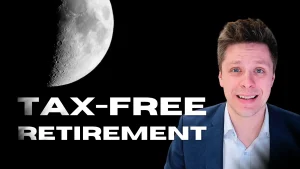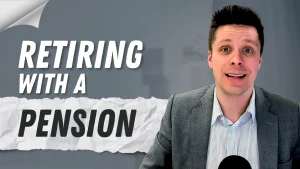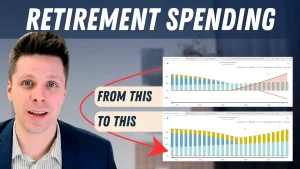[vc_row css=”.vc_custom_1612380408194{padding-top: 20px !important;padding-bottom: 20px !important;}”][vc_column][vc_video link=”https://youtu.be/McWO2JT4_7A” css=”.vc_custom_1649865864217{padding-top: 20px !important;padding-bottom: 20px !important;}”][vc_column_text css=”.vc_custom_1649866431381{padding-top: 20px !important;padding-bottom: 20px !important;}”]
Video Transcript: First Home Savings Account
Today we’re going over the brand new Tax-Free First Home Savings Account (FHSA), which was recently introduced in the 2022 Canadian Budget.
One of the major initiatives of this year’s budget was to make housing more affordable. To do this, they are doubling the first-time home buyers’ credit and are trying to increase the supply of homes which will hopefully drive down prices. Today we’re going to focus on a Tax-Free FHSA. We will go over how it works and some of the benefits.
The Tax-Free FHSA would allow Canadians to save up to $40,000 towards purchasing their first home. Like an RRSP, contributions will be tax-deductible, and like the TFSA, any growth within the account will be tax-free upon the eventual withdrawal to buy that first home.
Rules
This new account will be available starting in 2023.
To use this account, you must be a Canadian resident and over 18.
You also can not have owned a home in the current calendar year or any of the previous four.
Additionally, you can only use this account to buy a home one time.
The account has a lifetime contribution limit of $40,000, but the most you can contribute in one year is $8,000.
There is no catching up on missed contributions. In year one, if you make a contribution of $5,000, that does not mean that you can make a contribution of $11,000 in year two.
Again, the limit is $8,000 per year.
Another way to contribute to this account is by making a transfer directly from your RRSPs. If you have already been saving for your first home within your RRSP and planned to use the first-time home buyers program, you can transfer $8,000 directly from your RRSPs into the new Tax-Free FHSA. You will be able to pull the money out of the FHSA account tax-free when you make your first purchase. Comparatively, if you leave that money in the RRSP and use it under the first-time home buyers program, you will have to pay it back over 15 years. It is more beneficial to have it in the tax-free FHSA instead.
If you use this strategy, you can only use the Tax-Free FHSA or the RRSP Homebuyers to purchase a home. You cannot use both programs.
Should you be using this account?
If you’re looking to purchase your first home, there is no better place to save. This account combines the benefits of the RRSP in the sense that you get a tax deduction whenever you contribute. It also takes advantage of the tax-free savings account because any growth within the account and the eventual withdrawal if it’s used to purchase your first home will be tax-free. There’s no better place to save for your first home.
Watch the video above for an example
What you should be aware of
What happens if you don’t end up using this account? If you haven’t used the account to purchase a home after 15 years, it will need to be converted to an RRSP or a RIFF. With RRSPs and RIFFs, whenever you take money out of these accounts, it is added to your taxable income. If you need to make a withdrawal for any other reason than purchasing your first home, that withdrawal would be taxable.
How can you take advantage of this account?
In working with many retirees, a lot of them want to help their kids or grandkids buy their first home. Check out our article Taking Care of Your Grandkids for 4 things you can do today.
This is the perfect account for them to take advantage of. Rather than just giving your kids money when they purchase their first home, you can progressively provide them with money that they can use to contribute to this account. The benefit of this is that they get a tax refund every year that they contribute. Additionally, if you have this money in a non-registered account, you are getting taxed every year on any of the interests or dividends growth that you have in that account.
Rather than you being taxed, why not put that money in your child’s hand where it can grow tax-free for them. Again, it will be used to purchase a home anyways, so it makes more sense to have it tax-deferred in their hands than you being taxed every year.
This account will be great to use in terms of lowering families’ overall tax bills. Make sure that you’re ready for 2023 once this account is available.
[/vc_column_text][/vc_column][/vc_row]





